Unlock Tariff Savings: Strategic Use of Bonded Warehouses in Trade Wars
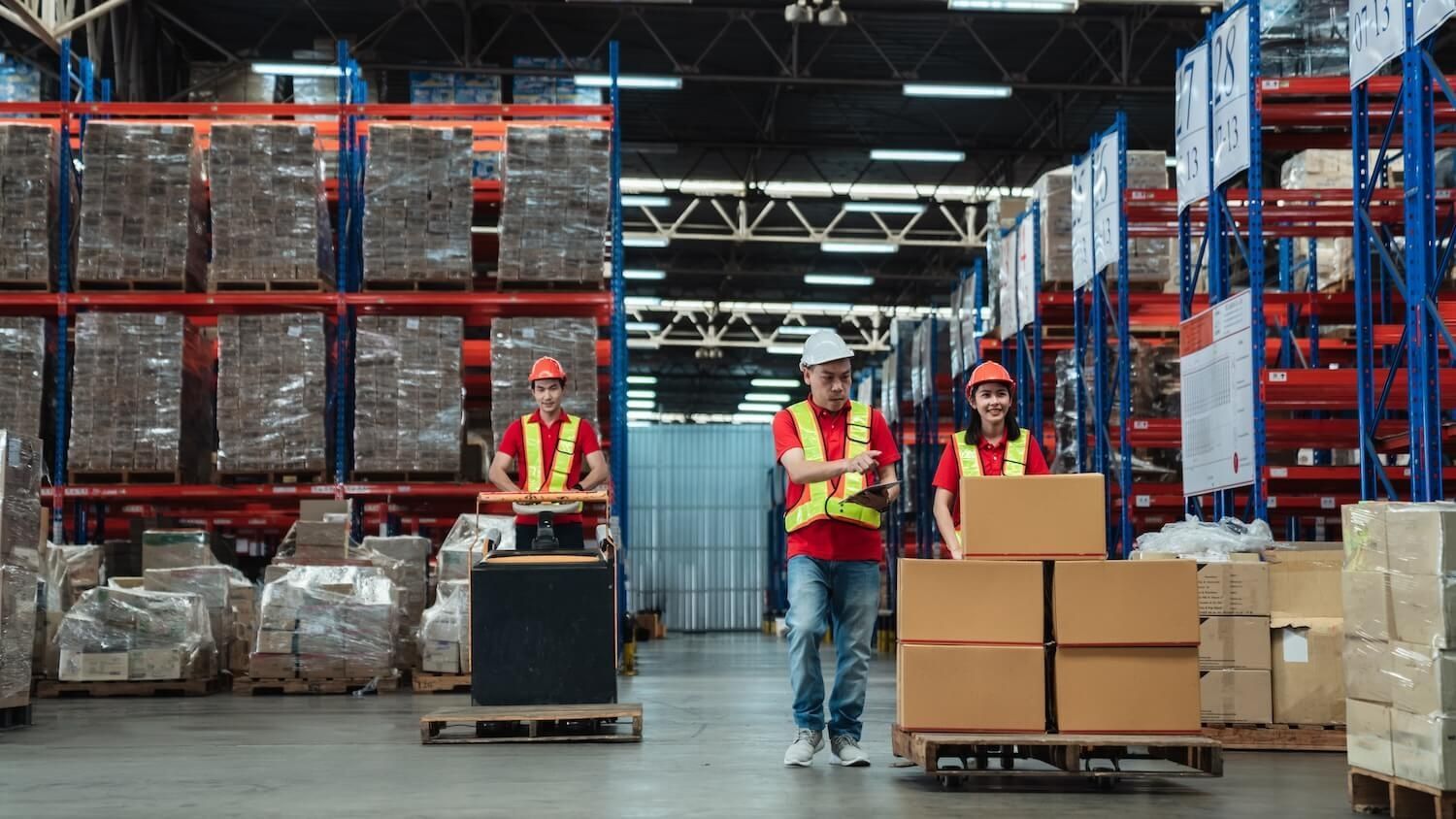
The flickering lights of the trading floor rarely dimmed for long. Across continents, in boardrooms dimly lit by the glow of financial projections, the universal hum of anxiety was almost audible. For countless businesses operating in the intricate dance of international trade, the past few years have been a relentless gauntlet. One day, a stable market; the next, a punitive tariff slammed down, adding unforeseen percentages to the cost of critical components or finished goods. This wasn't just a ripple; it was a tidal wave, sweeping away carefully constructed profit margins, forcing agonizing decisions about pricing, market access, and even the very viability of product lines.
The pain points were universal, etched into the collective experience of procurement managers, CFOs, and logistics directors alike. There was Maria, the head of supply chain for a major automotive parts manufacturer, who watched in dismay as a 25% duty on imported steel threatened to derail her entire production schedule and push vehicle prices beyond consumer reach. Then there was David, a small business owner specializing in artisanal imported textiles, who found his unique product suddenly priced out of the market as an unexpected tariff made his inventory financially ruinous to clear through customs. And across the Pacific, Chen, a logistics manager for a high-tech electronics firm, grappled with the agonizing choice of either absorbing massive tariff costs on critical microchips or passing them on to customers, thereby ceding market share to competitors.
This wasn't theoretical; it was the daily reality. The immediate cash outlay for duties, sometimes millions of dollars, before a single product had even reached a customer’s hand. The frustrating unpredictability of trade policy, turning long-term strategic plans into ephemeral sketches. The constant pressure to find new suppliers, new routes, new everything, just to stay afloat. Many businesses, faced with this relentless pressure, resorted to desperate measures: cutting corners, compromising quality, or simply retreating from once-lucrative international markets. The narrative became one of survival, not growth. But what if there was an alternative? What if the very mechanism designed to penalize – the import tariff – could be strategically mitigated, even transformed, into a lever for competitive advantage? This isn't about evasion; it's about sophisticated, compliant trade strategy. The answer, often overlooked, lies within the strategic application of bonded warehouses.
The Invisible Chains: How Tariffs Strangle Global Operations
To understand the profound impact of bonded warehouses, one must first deeply appreciate the suffocating grip of unchecked tariffs. Tariffs aren't just an added line item; they represent a fundamental disruption to the delicate balance of global commerce.
Cash Flow Constraint: The Immediate Hit to Liquidity
The most immediate and visceral impact is on working capital. Imagine a container ship laden with high-value electronics arriving at a port. Before a single unit can be moved to a distribution center, potentially millions of dollars in duties are demanded upfront. This capital, crucial for R&D, marketing, payroll, or expansion, becomes immediately illiquid, tying up significant resources and stifling growth. For companies operating on tight margins, this can be a death knell.
Unpredictability and Risk: The Shifting Sands of Trade Policy
Trade wars are inherently unpredictable. A new tariff can be announced with little warning, instantly rendering existing contracts and pricing models obsolete. This uncertainty poisons long-term planning, turning strategic forecasting into a speculative exercise. Businesses find themselves constantly reacting, scrambling to adjust, rather than proactively steering their course. The risk of holding large, duty-paid inventory suddenly becomes enormous.
Competitive Disadvantage: Erosion of Market Share
In a highly competitive global market, even a few percentage points of additional cost can be the difference between winning and losing a bid. If competitors, perhaps based in regions less impacted by tariffs or those employing smarter strategies, can offer a product at a lower price, your market share is immediately vulnerable. Tariffs can isolate you, forcing you to operate at a disadvantage.
Supply Chain Rigidity: Sacrificing Agility for Survival
The threat of tariffs can force businesses into less optimal supply chain configurations. Companies might feel compelled to consolidate sourcing, reducing flexibility and increasing dependence on fewer suppliers, just to manage potential duty exposures. This sacrifices agility and resilience, making the entire supply chain more brittle in the face of disruption.
The emotional toll on leadership is immense: the sleepless nights, the frantic emails, the constant pressure to find solutions in a landscape that seems designed to frustrate. It’s a feeling of being caught in a current, struggling against forces beyond your control.
The Strategic Harbor: Unveiling the Power of Bonded Warehouses
Enter the bonded warehouse: a customs-controlled facility where imported goods can be stored, manipulated, or even manufactured without payment of duties, taxes, or quotas, until they are officially withdrawn for domestic consumption. This isn't a mere storage unit; it's a strategic platform, a sophisticated mechanism embedded within the fabric of international trade law, designed to offer unparalleled flexibility and significant financial advantages.
Think of it as a demilitarized zone for your goods. They are physically within the country, accessible for inspection, quality control, or minor processing, but legally, they remain outside its customs territory for duty purposes. This subtle yet powerful distinction is the key to unlocking a multitude of strategic benefits, transforming a reactive approach to tariffs into a proactive, empowering strategy.
The Cornerstone Advantage: Duty Deferral and Cash Flow Liberation
At its heart, the most direct benefit of a bonded warehouse is duty deferral. Instead of paying tariffs the moment your goods clear customs at the port of entry, you only incur those costs when the goods are physically removed from the bonded warehouse and entered into the domestic market.
For businesses struggling with immediate cash outlays, this is nothing short of revolutionary. Imagine the millions of dollars that can remain liquid, available for reinvestment in core business operations, R&D, marketing, payroll, or expansion, rather than sitting idly as duty payments on inventory that might not sell for weeks or months. This dramatically improves working capital, strengthens your balance sheet, and provides a financial cushion against market volatility. The ability to manage cash flow strategically, rather than letting customs regulations dictate it, is a powerful competitive differentiator, especially in times of economic uncertainty.
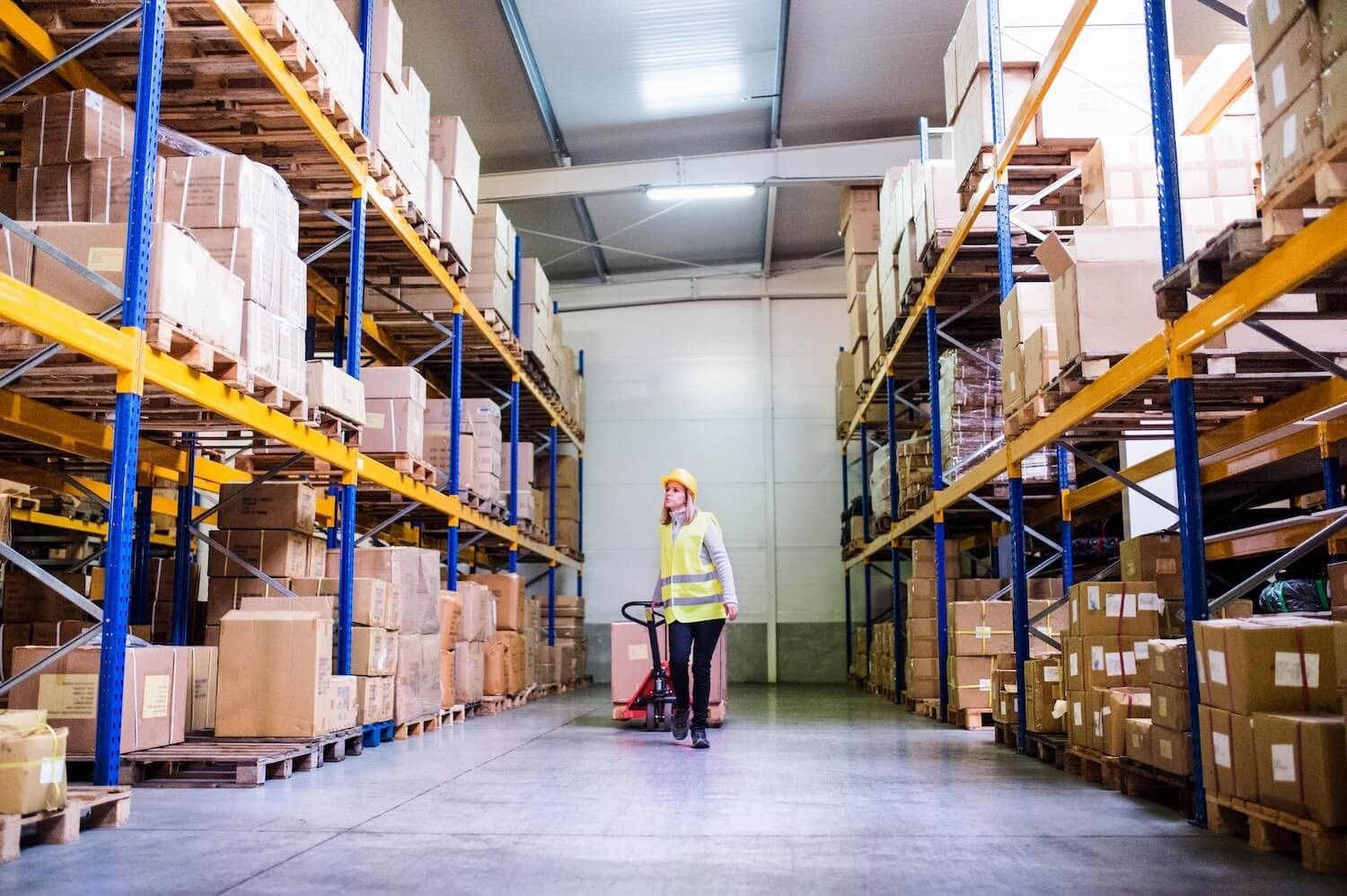
Beyond Deferral: A Multifaceted Toolkit for Trade Resilience
While duty deferral is the bedrock, the true power of bonded warehouses lies in their versatility as a strategic toolkit for navigating the complexities of modern trade:
Tariff Mitigation and Arbitrage: Navigating Shifting Global Markets
- Re-exportation Without Duty: This is perhaps the most potent weapon in a trade war. If goods in bond face unexpectedly high tariffs in the target domestic market, or if a more lucrative market emerges elsewhere, they can be re-exported to a third country without ever paying import duties in the first country. This dramatically reduces risk, opens up new market opportunities, and prevents inventory from becoming a stranded, costly asset.
- Market Shifting Agility: Imagine a manufacturer importing a specific component. If a new tariff makes production for their primary market unviable, they can quickly pivot and divert that component from the bonded warehouse to another facility in a different country, or even sell it directly to a new international buyer, avoiding the punitive duties.
- Hedging Against Tariff Uncertainty: By holding goods in bond, businesses gain a crucial buffer. If new tariffs are announced or existing ones fluctuate, they have time to analyze the situation, adjust pricing strategies, or even reconsider the final destination of the goods before incurring the duty cost. This foresight is invaluable in a fast-moving global economy.
Optimized Supply Chain & Value-Added Services: Enhancing Efficiency In-Bond
- In-Bond Manufacturing and Processing: Many bonded warehouses allow for "manufacturing in bond." This means imported raw materials or components can be assembled, processed, or even partially manufactured within the bonded facility. Duties are then only paid on the finished product when it leaves the warehouse, often at a lower tariff rate than the individual components, or qualifying for different country-of-origin rules. This is a game-changer for industries like electronics, automotive, or apparel.
- Consolidation and Kitting: Bonded facilities often offer services like consolidation of multiple smaller shipments into larger, more cost-effective loads, or kitting of various components for a single product. This streamlines logistics, reduces transportation costs, and optimizes the overall supply chain before the goods are formally entered into commerce.
- Quality Control and Compliance: Goods can be inspected, tested, and sorted within the bonded warehouse before duties are paid. If defects are found, or if goods don't meet regulatory standards, they can be repaired, rejected, or re-exported without incurring duties. This proactive approach minimizes costly returns and ensures compliance.
Enhanced Inventory Management: Strategic Control Over Your Stock
- Strategic Stockpiling: For products with seasonal demand or long lead times, bonded warehouses enable strategic stockpiling without the immediate duty burden. Inventory can be gradually released into the market as demand dictates, optimizing storage costs and ensuring product availability without tying up capital in duties.
- Obsolescence Management: If a product becomes obsolete or unsellable while in a bonded warehouse, it can be destroyed or re-exported without the payment of duties, preventing financial losses on unsalable inventory.
Competitive Edge and Market Access: Outmaneuvering the Competition
- Faster Time to Market: With goods already located in a bonded warehouse within the target country, businesses can react much more quickly to sudden spikes in demand or shifts in market conditions. Once duties are paid, the products are ready for immediate distribution, reducing lead times compared to importing goods only after an order is secured.
- Increased Flexibility: The ability to defer duties and re-export offers unparalleled flexibility. It allows businesses to test new markets, respond dynamically to competitor actions, and adapt rapidly to evolving trade policies without the financial penalty of duty-paid inventory.
The Blueprint for Business Resilience: From Theory to Practice
For leaders grappling with the turbulent realities of global trade, the path forward isn't about avoiding the storm, but about learning to sail through it. The strategic implementation of bonded warehouses transforms a business from a passive recipient of trade policy to an active orchestrator of its destiny.
This isn't a "set it and forget it" solution. It requires a nuanced understanding of international trade regulations, customs procedures, and logistics. This is where strategic partnership becomes paramount. Businesses need to collaborate with providers who possess:
Key Qualities of a Strategic Bonded Warehouse Partner
- Deep Regulatory Expertise: A thorough understanding of customs laws, tariff classifications, and free trade agreements is non-negotiable. The right partner ensures compliance and identifies opportunities for optimal duty reduction.
- Global Network & Infrastructure: Access to a network of strategically located, secure, and customs-approved bonded warehouses across key trade routes is essential for maximizing flexibility and market reach.
- Value-Added Services Capability: Beyond mere storage, the ability to perform kitting, assembly, quality control, or re-labeling within the bonded facility is crucial for realizing the full strategic benefits.
- Technology and Visibility: Real-time tracking, inventory management systems, and transparent reporting are vital for maintaining control and making informed decisions about your goods in bond.
- Proactive Advisory: A truly strategic partner doesn’t just execute; they advise. They help you analyze your supply chain, identify vulnerabilities, and craft a bespoke bonded warehouse strategy that aligns with your specific business goals.
Consider a large electronics manufacturer, previously paying duties on components for products that might not sell for months. By utilizing a bonded warehouse, they now import components, perform final assembly in bond, and only pay duties on the finished product as it is pulled for immediate sale. This not only frees up immense capital but also allows them to quickly reconfigure products for different regional markets based on real-time demand, avoiding costly duties on unsold, market-specific inventory.
Or think of a fashion brand, importing garments subject to fluctuating tariffs. By holding inventory in a bonded warehouse, they can gauge consumer trends, respond to seasonal demand, and even re-export styles that don't perform as expected, entirely avoiding import duties on those items.
The Feeling of Empowered Control
The shift from reacting to trade pressures to proactively leveraging tools like bonded warehouses isn't just a strategic pivot; it's an emotional transformation for business leaders. It’s the feeling of replacing gnawing anxiety with quiet confidence. It’s the relief of seeing cash flow loosen its grip, freeing up resources for innovation and expansion. It’s the satisfaction of knowing that even amidst global trade volatility, your business possesses an agile, resilient, and cost-effective operational model.
This isn't about escaping the realities of trade wars. It's about fundamentally reshaping your relationship with them. It’s about understanding that what appears to be a costly hurdle can, with the right strategy and the right partner, become a powerful springboard for growth and competitive dominance. In a world of increasing trade friction, the strategic use of bonded warehouses isn’t just a good idea; it’s an imperative for survival and sustained success.
Unlock Tariff Savings: Discover How Strategically Using Bonded Warehouses Can Revolutionize Your Business
The challenges of international trade are undeniable. But the solutions are within reach. Don't let punitive tariffs dictate your profitability or limit your global ambitions. Take the proactive step to understand how a strategically implemented bonded warehouse solution can transform your supply chain, optimize your cash flow, and empower your business to thrive amidst trade disputes. Engage with the experts at Razr Logistics who can illuminate the path and tailor a strategy that turns trade friction into your competitive edge. The time to secure your financial agility and global market position is now.






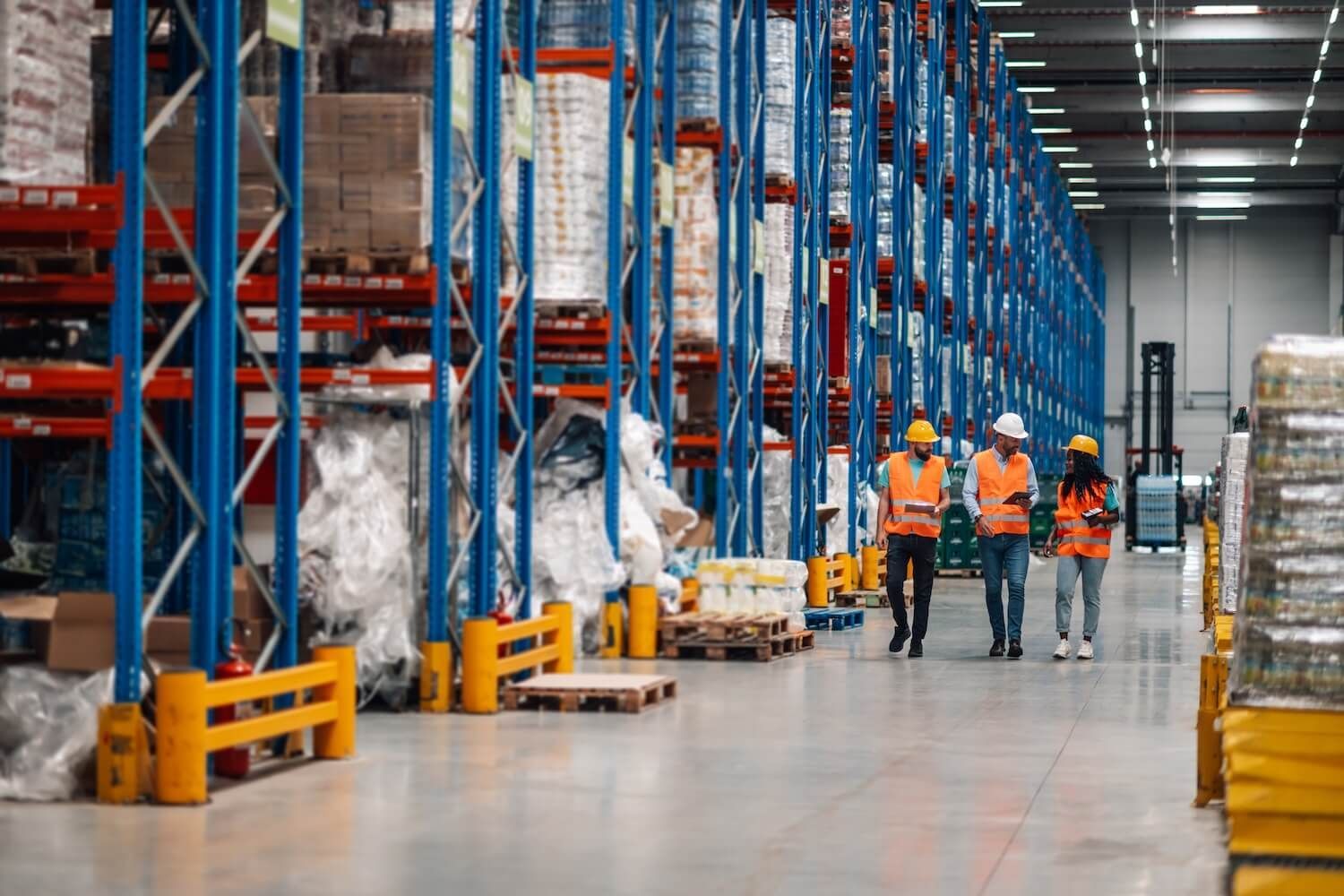
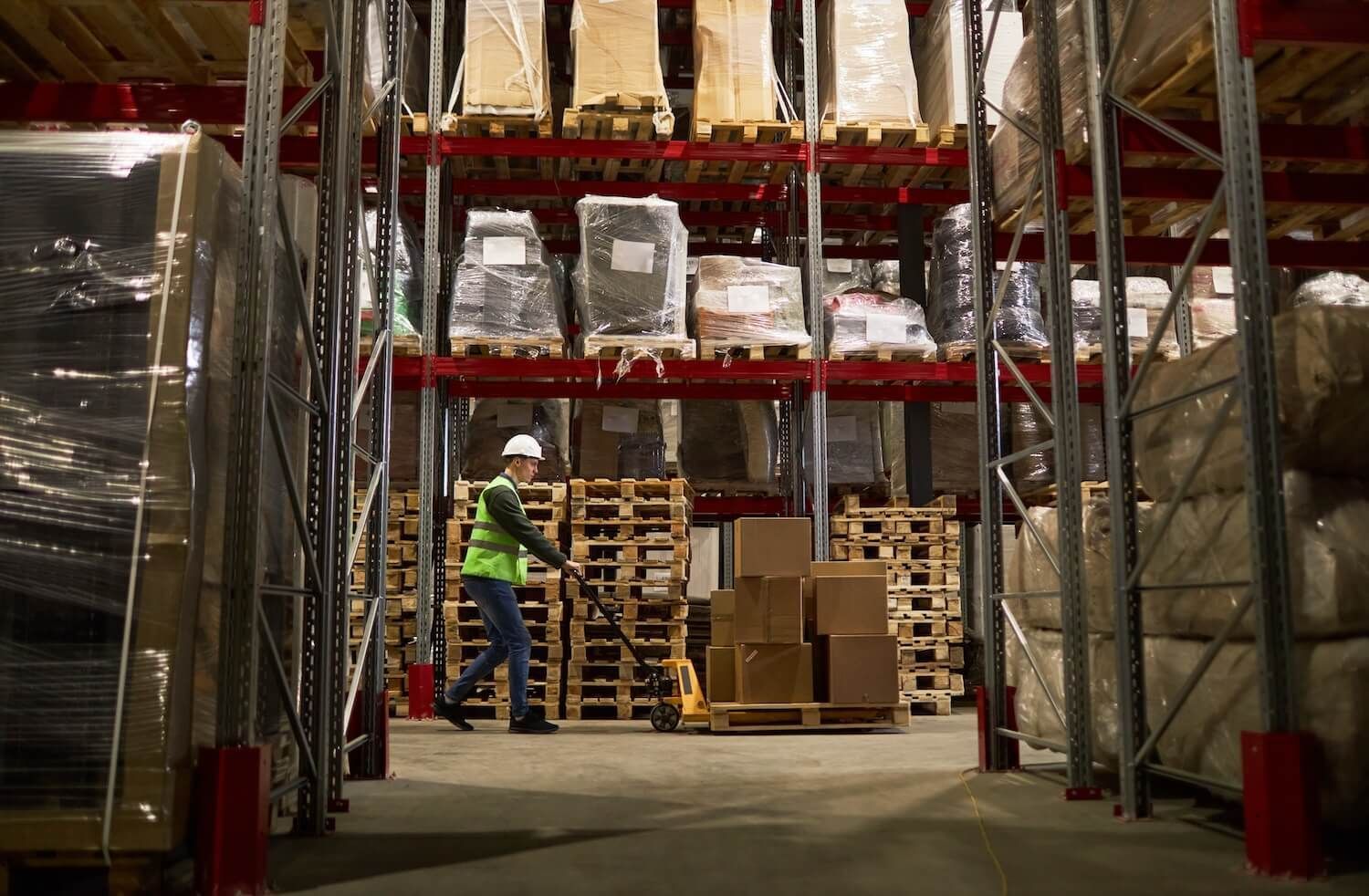


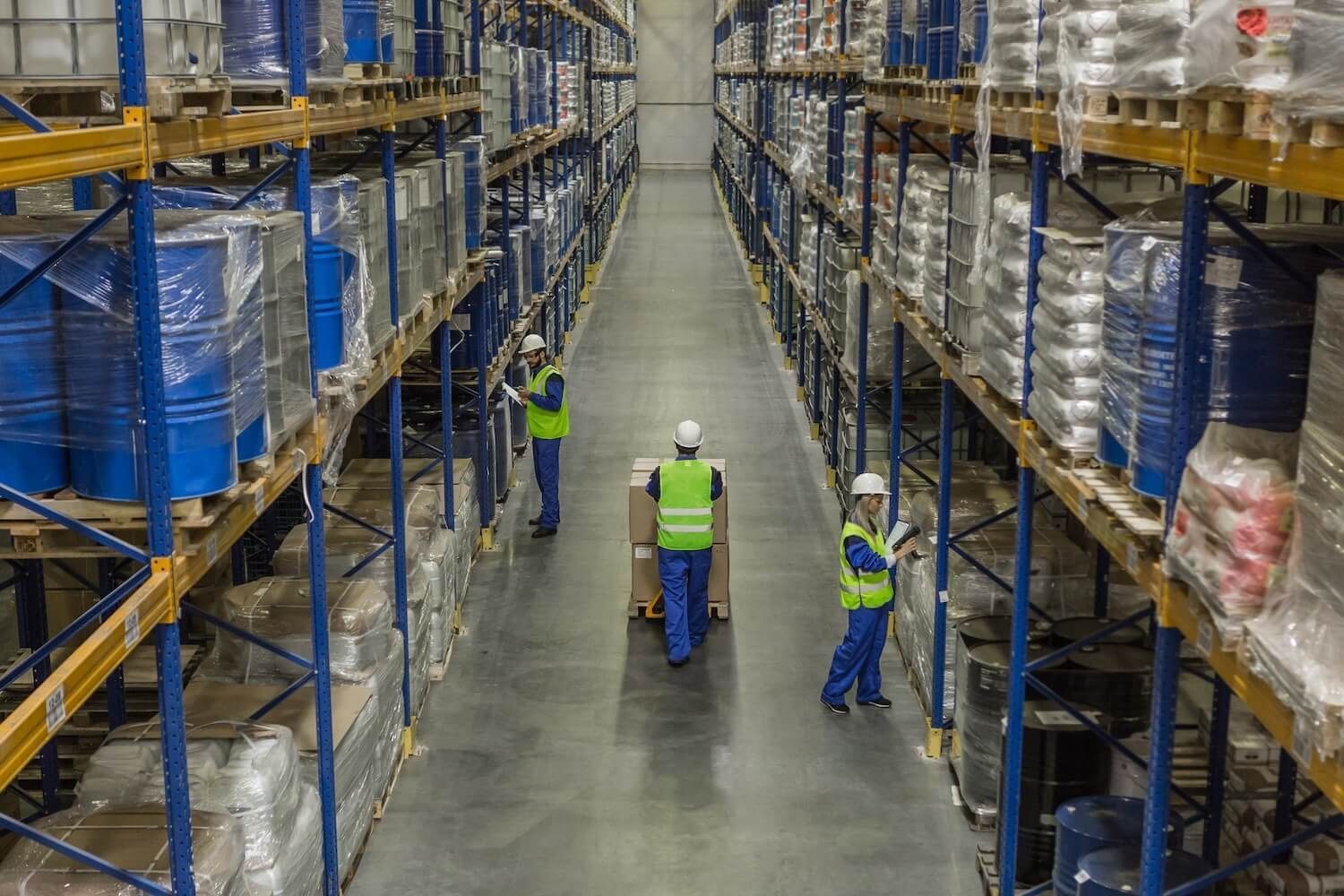

 by
by